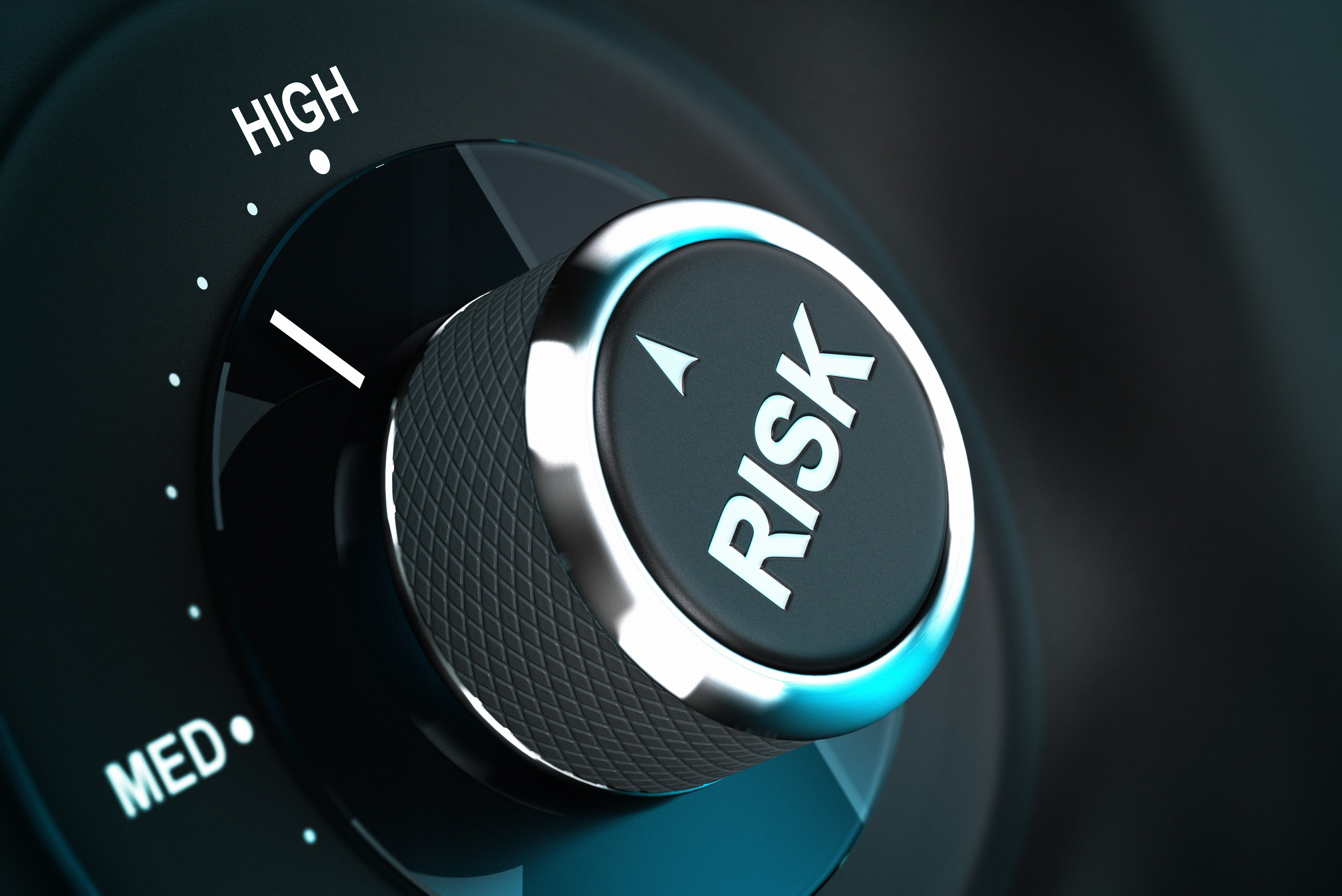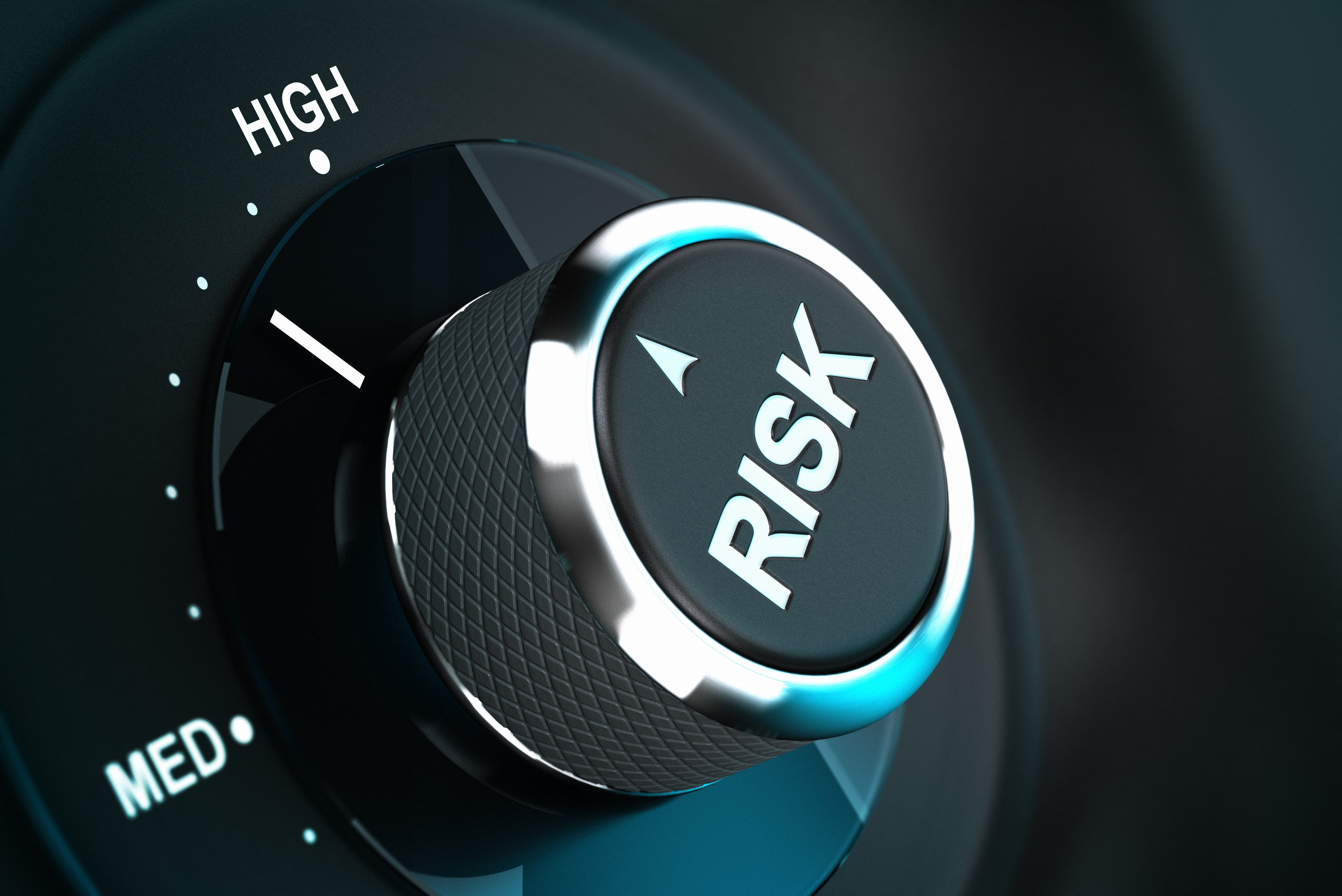
It's fair to say that COVID-19 has reshaped a lot of a once familiar landscape. Not always in detrimental ways, however. Society's seemingly new-found ability to reconnect with the simpler things and appreciate the beauty of Mother Nature's finest hours, being just one immediate example of positives to emerge from an otherwise hideous disease which has torn families, businesses, communities and society apart in many cases.
But if anything good is to come out of the impact and legacy of Coronavirus, then it's a more collective awakening to what matters most in life. Spiritually and emotionally, many of us have been on personal journeys and now, perhaps look at things differently than we did before
The multi-layered fields of health and safety have had to revisit what went before in certain sectors, and subsequently adopt new ways of applied thinking as a lesser evil. Conversely, comprehensive restructuring has been forced upon other areas, as a direct result of COVID-19's footprint.
The Advent - and Lasting Legacy - of COVID-19 Has Altered Health & Safety Approaches and Applications
For those of us who operate in sectors where exacting attention to detailing and rigorous testing and analysis have long been our bread and butter, so to speak, a virus of this nature served to cement practices, protocols and indeed, principles we have historically adhered to. The upshot for wider society, meaning that greater focus on hygiene and a new-found understanding of protecting not just yourself but others by your routine actions, is another huge step in the right direction as the world slowly works its way out of relentless lockdown scenarios.
Fuelled in the main by the deployment of vaccines, yet nurtured by the adoption and continuation of a more 'we're all in this together' attitude and way of living, within the bounds of a new normal. Both in domestic and more public-facing, commercial surrounds.
Here in the water treatment industry as our own work structures, movements and behaviour evolves with the times, this will force a significant impact in various elements of the safeguarding of properties, including the risks keenly associated with legionella bacteria. This ever-present - and often dormant - threat hasn't gone away since the beginning of 2020, and the dawning of the COVID-19 era. It's just received far less headlines. Likewise, health and safety laws continue to apply, and duty holders (and persons responsible) still maintain a legal obligation to shield those who interact with their properties from the risk of legionella.
Is Legionella in Some Ways A Greater Threat in a Post-Lockdown World?
Arguably, yes. It could easily been seen as that. Because in many ways this bacterial enemy is an unseen potential killer too, largely going undetected by the human eye, yet possibly around us at any one time. Sound familiar? And remember this. Legionnaires’ disease is a form of pneumonia, which can cause serious respiratory illness and could lead to death.
It's also worth noting that an increased number of people with compromised immune and/or respiratory systems will be more prone to falling victim to Legionnaires', if they've also recovered from COVID-19 infection in recent history.
Of course, we're in no way implying the ramifications of legionella exposure being comparable to COVID--19. Nevertheless, it pays to be mindful of the perpetual risk posed by the existence of the bacteria within closed internal water systems, which serve thousands of commercial buildings across the UK.
How Does All This Play into the Resumption of Businesses and Industry, in a Post-pandemic Landscape?
When manufacturing facilities are preparing to make a return to full production, together with office and supporting functions, it's imperative that the management of water systems are revisited. That being said, there will have been a percentage of businesses and installations where work has continued throughout successive lockdowns, therefore acknowledged control measures would have been continually addressed and acted up. Albeit with social distancing and hand-wash hygiene protocols followed.
Many companies will have moved to home-working principles, where this was workable, with subsequent demand for water in a large volume of commercial properties significantly decreased as a direct result of enforced systematic shutdowns.
Unfortunately, such situations provide perfect breeding ground for legionella, as some internal water sources might have been left to stagnate, thanks to low turnover of supply. Pipes could also have warmed to ambient levels as cold-water temperatures increased with absence of activity, while other risk factors might be a lack of engineering and maintenance staff on site, due to illness, isolation or essential travel restrictions having been put in place at the height of the pandemic.
Essentially, a reduction in demand for hot and cold-water systems related to the pandemic needs to be closely monitored before any re-introduction of employees or members of the general public are invited back into certain buildings. In the event that the volume of stored water in tanks was reduced prior to lockdowns, then this is a positive. As is pre-determined weekly flushing regimes which took place automatically during this passage of time.
However, under no circumstances should systems not be subjected to a new risk assessment to establish the current state of play. Every aspect needs to be thoroughly reviewed so as to ensure that water services are both fit and most importantly, safe for purpose at that juncture, and going forward.
What's the Official Government Line on Re-starting Procedures, Post-Lockdown?
In terms of cooling towers and evaporative condensers, the Gov.uk website suggests that companies should have reviewed operations in advance. To quote; 'and have existing plans in place to ensure safe systems of work continue during any shutdown.' This comprises of the following:
• Adequately trained personnel are available to carry out essential checks and monitoring
• Chemical supplies are maintained and dosed appropriately
In addition, it recommends that businesses contact specialist water treatment companies for further help and advice.
Meanwhile, should cooling towers and evaporative condensers have been out of operation for up to a month, then the official advice is to isolate fans, yet circulate biocidally-treated water around the system for at least an hour each week. Any inactivity beyond a month, and it's important to drain down the systems, clean and disinfect them. Repeat this process again, before refilling and returning to operation.
How Might the Threat to Vulnerable Employees/Members of The Public Increase During and Immediately After a Pandemic?
As we have highlighted above, individuals with weakened immune systems (and other underlying illnesses) hold a higher susceptibility to legionellosis. Possibly exacerbated if they have contracted COVID-19. With this very much in mind, consideration needs to be given to undertaking an increased volume and frequency of laboratory-analysed water sampling, ahead of employees returning. This will provide confidence that maintained water systems are legionella-free, during changing system conditions with evidence we can see with our own eyes.
Things to Consider When Living (And Working) Through a Global Pandemic, in the Water Treatment Sector
When it comes to maintenance practices, these should always subject to timely reviews, with contingency plans created if/when future shutdown/lockdown scenarios occur. Provisions of site stocks for chemicals and consumable equipment also need be reviewed and ensured at appropriate levels. Good idea to factor in critical spares such as probes, solenoids and dosing tube to avoid any disruption if parts/equipment cannot be obtained during another undefined lockdown.
Site-specific shut-down and start-up procedures for water systems should already feature as pivotal part of your written scheme of legionella control, underlining any measures which are deemed either unworkable or unsuitable. Constantly reviewed, these should ensure that any future emergency shutdown includes safe decommissioning and recommissioning of the water systems.
Once reactive, disinfection processes and validation sampling need to be carried out, whilst moving forwards it is possibly worth considering more remote monitoring of cooling towers and chemical levels.
Steps to Take Before Your Business Premises Comes Back on Line
The safest approach to reopening your business premises as the easing of restrictions allows us to assist you, by ensuring legionella risk management is up to date, along with establishing controls and a management plan. Naturally, as under any sets of more normal circumstances, it's crucial to then continue to implement, monitor and review the situation at regular intervals.
Basic steps to take include:
• Flushing through hot/cold water systems for several minutes with fresh mains water (including those with tanks, showers, clarifiers etc)
• Increasing temperature of hot water systems to above 60°C (if possible) and drawing heated water through to all hot water outlets (a temperature over 60°C will kill Legionella bacteria over time). Presence of thermostatic mixing valve before the tap to reduce temperature to around 43°C prudent to avoid scalding risks
• Undertaking chemical/thermal disinfection of water system
• Undertaking microbiological sampling for Legionella bacteria






